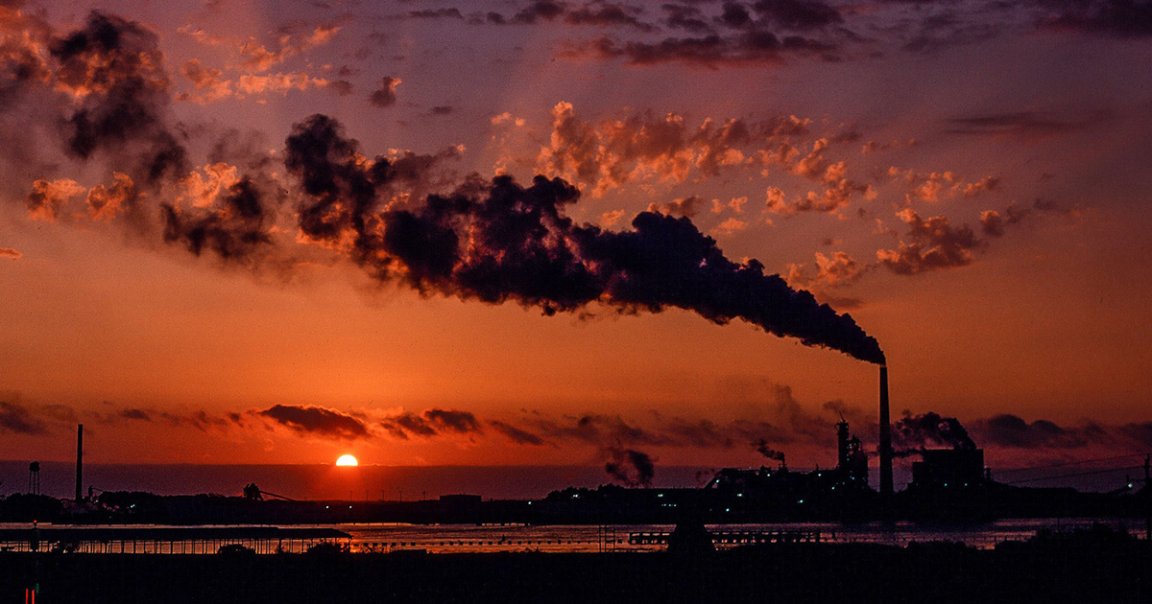
Flatten The Curve
During the pandemic, when people stayed inside and traveled less by car or plane, greenhouse gas emissions slowed down. But despite that, we’re still facing record-breaking concentrations of atmospheric carbon dioxide.
Speaking to reporters on Monday, United Nations’ World Meteorological Organization (WMO) chief Petteri Taalas warned that we can’t rely on the lockdown-related dip in emissions to save the world from climate change, according to Agence France-Presse. In other words, it’ll take more than a pandemic to reverse climate change.
Tiny Blip
Greenhouse gases persist in the atmosphere for centuries, Taalas said — a claim backed up by institutions including NASA. Yes, we burned smaller quantities of fossil fuels over the course of the past eight months, but that just slowed the rate at which atmospheric CO2 continues to climb.
“The lockdown-related fall in emissions is just a tiny blip on the long-term graph,” Taalas said. “We need a sustained flattening of the curve.”
Normal Fluctuation
In fact, the amount to which emissions dropped during the pandemic falls easily within typical year-to-year fluctuations, Taalas said at the press conference. Compared to the rate at which carbon has been pumped into the atmosphere over the last five years, in other words, the lockdown didn’t improve the environment so much as it was less actively harmful.
READ MORE: Greenhouse gas levels at new high, despite Covid-19 measures [Agence France-Presse]
More on climate change: Biden Says He’ll Rejoin Paris Climate Accord on First Day of Presidency